Investigation dans des systèmes abstraits avec entrées et sorties comme fonctions partielles de temps
Texte intégral
Figure
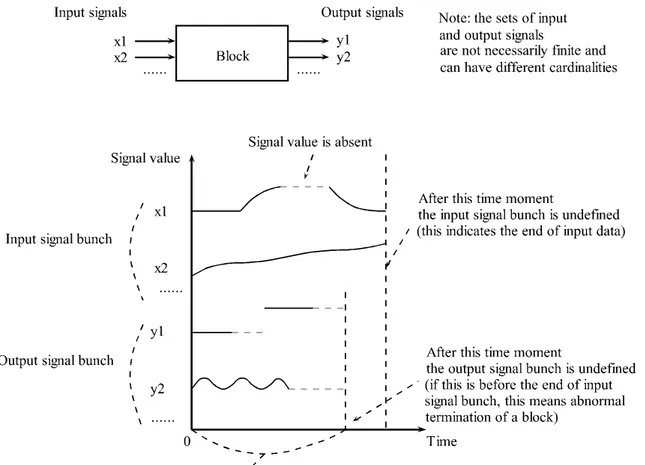

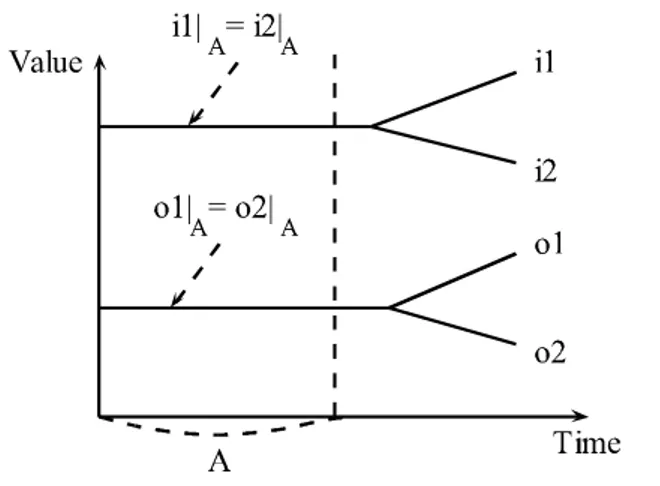
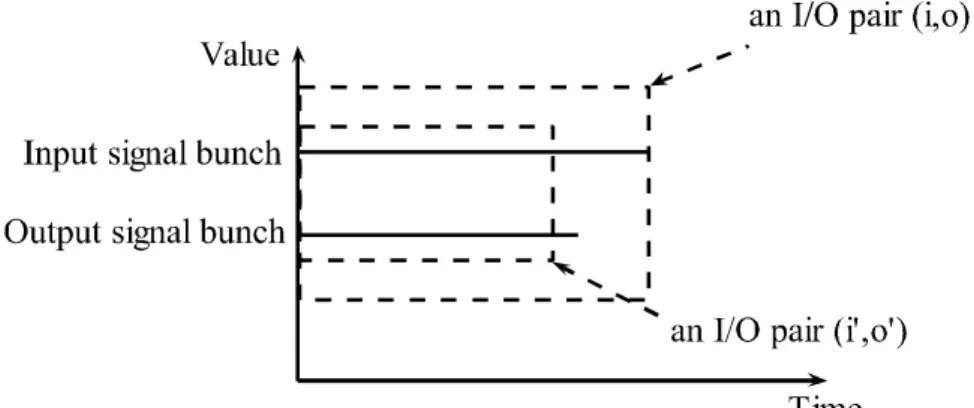
Documents relatifs
The implementation of the proposed approach to the qualitative analysis of the considered dynamic property is based on the Boolean constraints method and performed in the
Topologie : les neurones activés par les hautes fréquences sont localisés à l'opposé des neurones sensibles au basses fréquences.. Un neurone va représenter
InputStream OutputStream Classes abstraites de base pour lecture et écriture d’un flot de données. FilterInputStream FilterOutputStream Classe mère des classes qui
Key tools are a convergence-stability lemma for hyperbolic-parabolic systems which guarantee that the maximum existence time interval for system (1.1) remains bounded from zero as ε
Such systems of partial differential equations (1.1) notably arise from various applications like nonequilibrium two- temperature gases with fast relaxation of translational
In this section we formulate the reduction problem, dis- cuss its relevance, and present two theoretical applica- tions: the stability of compact sets for cascade-connected
Flat systems are a generalization of Linear dynamical systems in the sense that all linear controllable dynamical systems are flat and static feedback linearizable (in
In sections 3, 4 and 5 we apply these results to the particular case of sequences of piecewise expanding maps on the interval and prove a “Borel-Cantelli Lemma” and a central
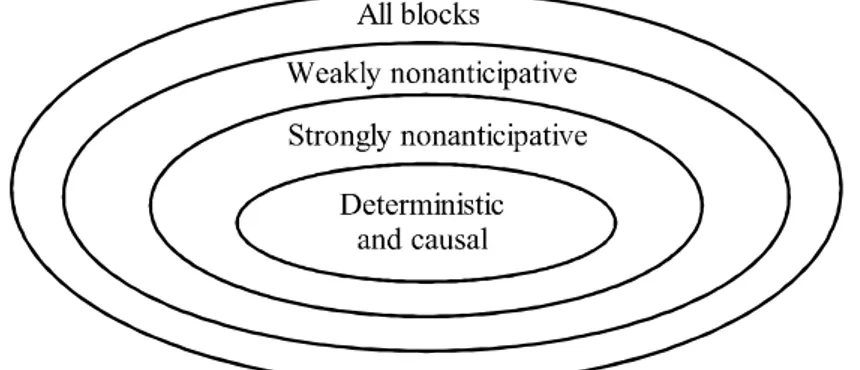

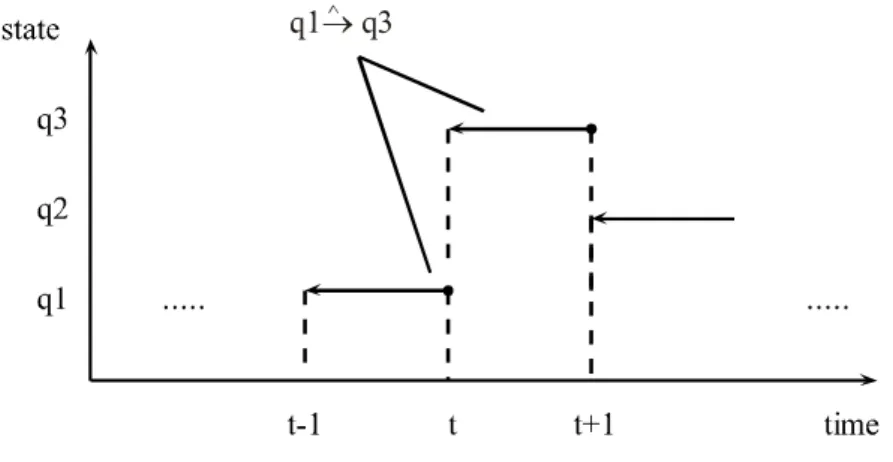

![Fig. 3.1. An f -escapable right dead-end path s : [ a , b ) Q (displayed here as a curve) and a corresponding escape s : [ c , d ] Q (displayed here as a horizontal segment) such that d f ( bc, ).](https://thumb-eu.123doks.com/thumbv2/123doknet/2093699.7472/130.892.250.632.81.323/escapable-right-displayed-corresponding-escape-displayed-horizontal-segment.webp)